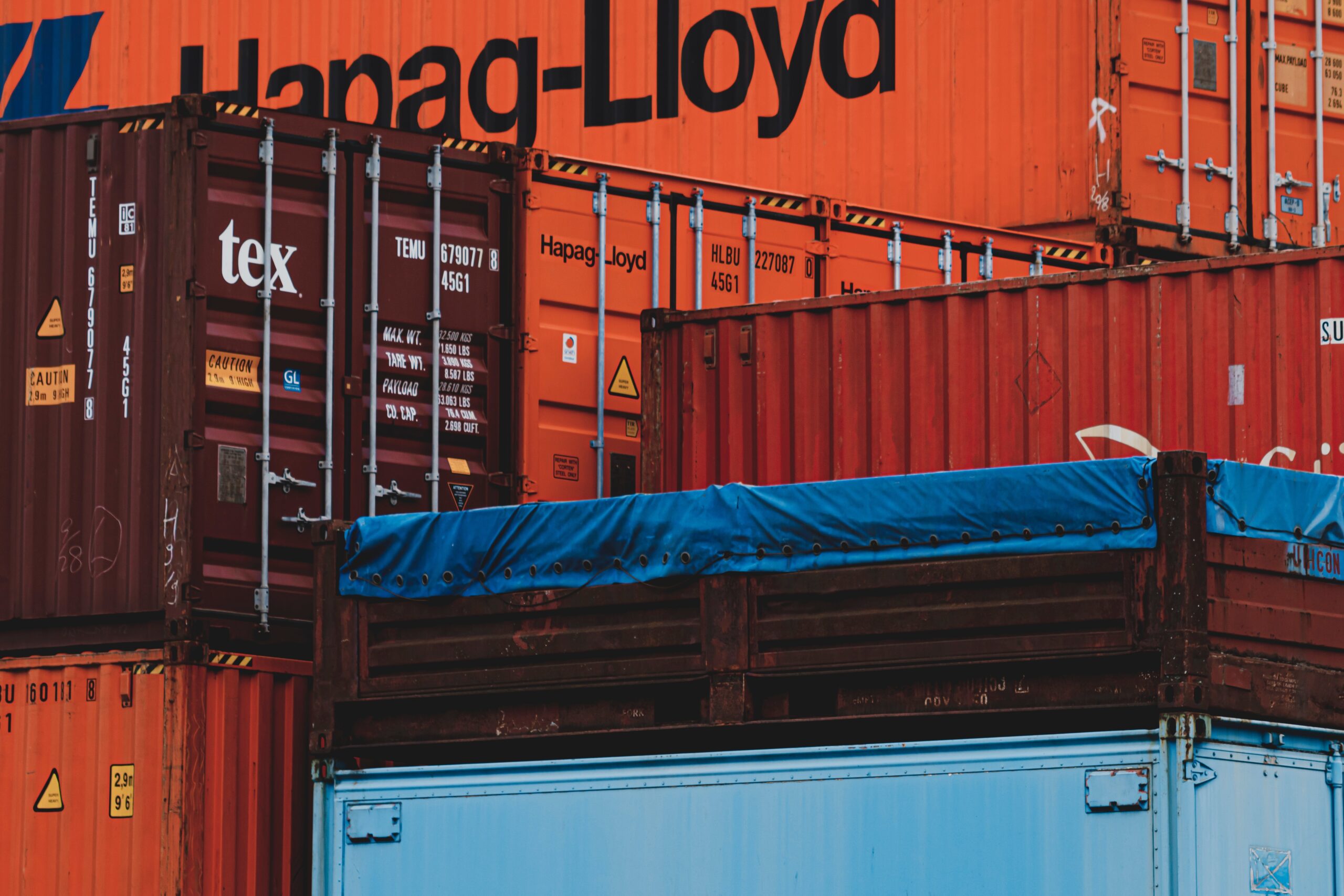Ocean Deep Dive May 2023: 3 Trends To Watch
Scroll to find out more
Scroll to find out more

With demand still holding back, in the face of inflation, rate rises and uncertainty, the ocean market is stuck in limbo – shippers won’t commit, carriers have less power to dictate rates. This month saw some carriers trying to break the stalemate, and potentially overplaying their hand.
To dig into the seaborne drama of May, we sat down with Richard Fattal, Zencargo Co-Founder and CCO, and Anne-Sophie Fribourg, Zencargo’s VP Global Ocean Freight, on our podcast ‘Freight to the Point‘ so discuss the latest changes in ocean demand, procurement and even manufacturing.
In the push and pull between slow demand and capacity management from carriers in 2023, fortune has thus far favoured shippers, with rates falling steadily, even as the decline has varied between lanes and carriers. Part of the reason for this was the somewhat sluggish action of cash-confident lines preferring to take a hit on their revenues in order to maintain market share – as we discussed in more depth recently in our conversation with Niels Madsen from Sea-Intelligence.
‘Through end of March, we saw rates coming all the way down and then a stabilisation of rates across all trades – Asia-Europe, the Mediterranean market, and the Trans-Pacific, with the Transatlantic market as the holdout.’ explains Richard. ‘But what we started to see in April was a little bit of a sign of life in the market.’
So does this mean demand is back? The short answer, at least for now, is no. So what’s going on? While carriers may not have acted as quickly as they did during the pandemic, the effect is cumulative. Cancel enough routes and rates will reflect that. But without the volume to sustain them, this could be short lived.
The rate increase is likely a product of incoming orders for May and carriers trying to anticipate future market movements, coupled with an attempt to put on a strong showing as ocean carriers engage in long-term Trans-Pacific contract negotiations with BCOs who have been holding out for a lower rate.
The initial general rate increase (GRI) introduced by carriers, which could go up to $600 depending on the carrier, was not fully sustained due to rapid negotiations from shippers. Richard says, “We saw a slow and steady erosion of that GRI with about two to $300 of the $600 increase managing to hold in the market.”
While another GRI has been mooted, the outlook doesn’t appear to support it being a success. “The market over the past two to four weeks is down over 10%, and we’re now seeing levels that are more in line with pre-COVID norms than any recent trends we’ve observed.” says Richard.
As recent years laid bare the fragility of global shipping networks, many started to whisper about the possibility of moving production closer to home – reshoring, or nearshoring the manufacturing of goods to be less dependent on a single logistic network.
While it’s taken time for this trend to bear fruit, we may not be seeing it become a reality. ‘Vietnam is probably the most substantial winner of the pandemic from what we’ve seen, particularly in the space of apparel.’ says Richard, with retailers moving a substantial portion of their production out of China. India and Thailand have also benefited, but China still has some key advantages.
While this has led to a jump in feeder services, the global demand slump has preserved China’s parity with the rest of the South-East Asia region, at least for now.
As our ongoing discussions show, change is still a constant in the ocean market – businesses that are still reacting to each on a point by point are likely to end up in a loop of firefighting and stress.
“I think we’re in a market now where it’s not about finding the right ‘trick’ or ‘hack’ to get ahead,” says Richard. “Rather, it’s about taking a step back and fundamentally rethinking your supply chain strategy.”
In this market, this comes down to three competencies:
As some businesses struggle with supply chains, those who can turn adaptability into a strategic asset have the opportunity to move ahead of competitors in terms of cost, service and working capital efficiency.
Zencargo is the partner for some of the world’s fastest growing brands, helping customers navigate uncertainty and control their costs to plan for long term success. With our network of leading carriers and best-in-class local logistics partners, we offer more flexibility and control, backed up by end to end visibility through our award-winning supply chain platform.
To find out more about how the right technology and support can support your business this year, book a consultation with one of our team today.

In Focus: An update on U.S. tariffs The de minimis exemption for Chinese and Ho...

In Focus: Tariff turbulence continues to disrupt Escalation in U.S. tariff poli...
